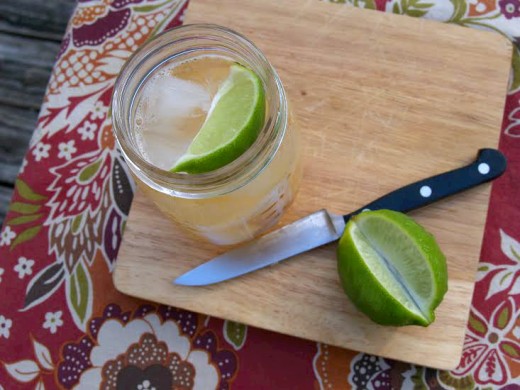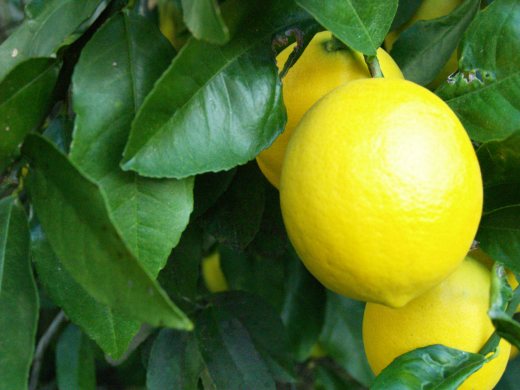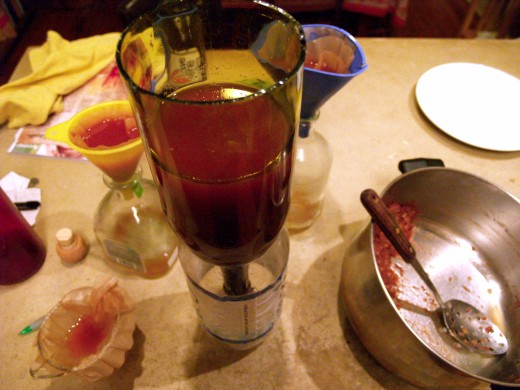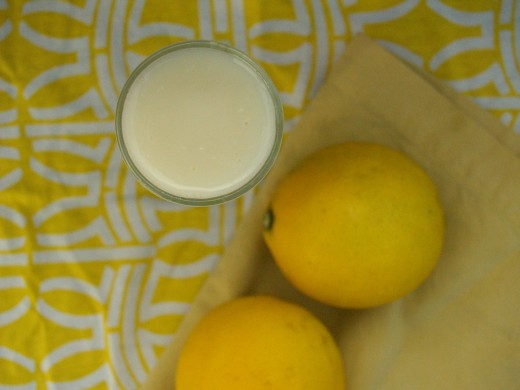
When life gives you lemons, make limoncello. Limoncello is a lemon liqueur that I was first introduced to while studying in Italy in collage. On a weekend trip to Cinqueterre, five tiny fishing villages that are placed on cliffs right on the Mediterranean, my sister and I stayed at a woman’s house who rented out a room for tourists. She spoke no English, but greeted us warmly with a tiny glass of limoncello to welcome us into her home. I’m sure it had to do more with the intoxication of the beautiful Italian everything than the tiny sip of sweet lemon liqueur that stands out in my memory; nevertheless, the smell of it can bring me right back to the Riviera. So, ever since I’ve had a yard full of citrus, limoncello has been made.
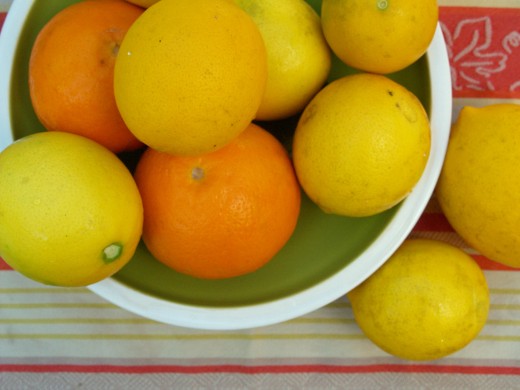
As I’ve posted about before, our fairly tiny urban yard has a Meyer lemon tree, a Mandrian orange tree, a limequat tree, and my favorite: a cocktail tree! What is a cocktail tree, you ask? It’s a tree which has five different kinds of citrus grafted to the stem. So, our one cocktail tree produces Navel oranges, Honeybell oranges, Meyer lemons, Ruby Red grapefruits, and Persian limes. Truthfully, not all of them do wonderfully–our Persian lime branch is pathetic, and the grapefruits taste terrible–but three out of the five are awesome.
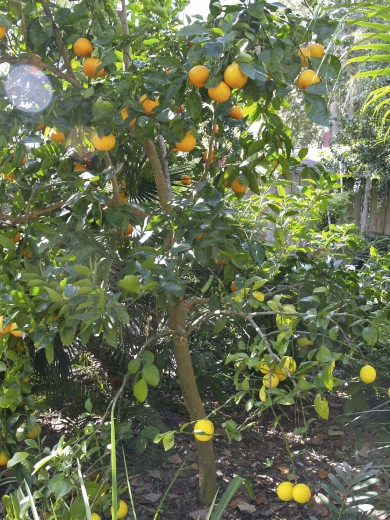
{The Honeybells are on the top, and the Meyer lemons are on the branch at the bottom. The grapefruit is on the other side.}
Most limoncello recipes I’ve found are really liquor-y, which makes me not really a big fan. But this recipe cuts the liquor with whole milk, making it like a spiked lemony ice-cream.
Ingredients:
8 organic lemons
2 organic oranges
1 liter (33.8 ounces) vodka, or 4 1/4 cups
8 3/4 cups whole milk
5 pounds sugar (10 cups)
1 shot glass whiskey
1 teaspoon pure vanilla extract
Instructions:
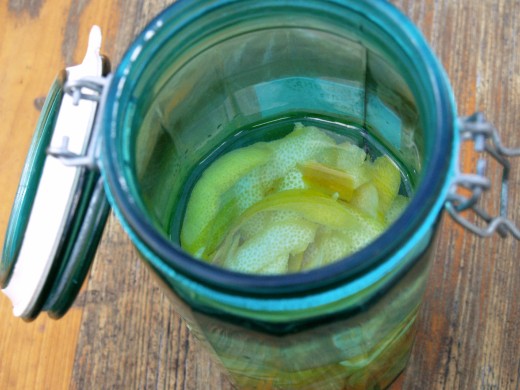
To make this recipe, you have to start well in advance. I’ve experimented with all kinds of lengths of time to soak the zest. You need AT LEAST a week, but preferably a month.
That said, here’s the rest of the instructions. Zest the lemons and oranges with a vegetable peeler. Try not to get the white pith. Put the citrus peels in a glass bowl with the alcohol. I used a large cylindrical glass container with a lid. You want to make sure that it’s covered tightly, or it will evaporate. Also, make sure you use organic citrus; the alcohol will leach out all the oils from the citrus, but it will also leach out any of the residual pesticides.
After either a week or a month, enough time for the alcohol to take on the flavor of the citrus, then you’re ready to make your limoncello. Strain the liquid and discard the peels. Pour into a very large, heavy-bottomed saucepan. I use my 15-quart one. The larger the better. I will get to the reason why you need something large in a second.
Add the milk, sugar, whiskey, and vanilla. Bring all of this to a boil. BUT NEVER TAKE YOUR EYES OFF THE POT, EVER! I have to stress this because one time I almost burned down the house making limoncello (this drink would NOT have been the fabulous memory-maker that it is if that happened.) I’m not quite sure why the combination of these ingredients tends to foam up when it starts to boil, but it does as soon as it reaches 212 degrees. And, because this is half alcohol, it’s mega-flammable. Even though I used my biggest pot, and was definitely trying to keep my eye on it before it boiled, it foamed up when it reached the boiling point, boiled over the edge, and I had a giant fire-ball on my stove top. NOT COOL. Fortunately I had the lid nearby (which I recommend you do) and I shut off the gas to my stove and covered the pot and the flame extinguished. Please do not make this mistake. Use your biggest pot, keep the lid nearby, and never take your eye off of it when you’re bringing it to a boil.
Okay, that said, once it does get to a boil, immediately reduce the heat and just let it bubble for five minutes. Stir continuously. Remove from heat and let it cool completely. A thin film will form on the top, but that’s normal. Skim it off and discard. Pour into bottles and freeze.
I keep this in mason jars in the freezer (it will make 4 quarts), and it will last for a long time. I use it as a digestive for after dinner when we have guests over. It just might make you be hungry for Italy.










